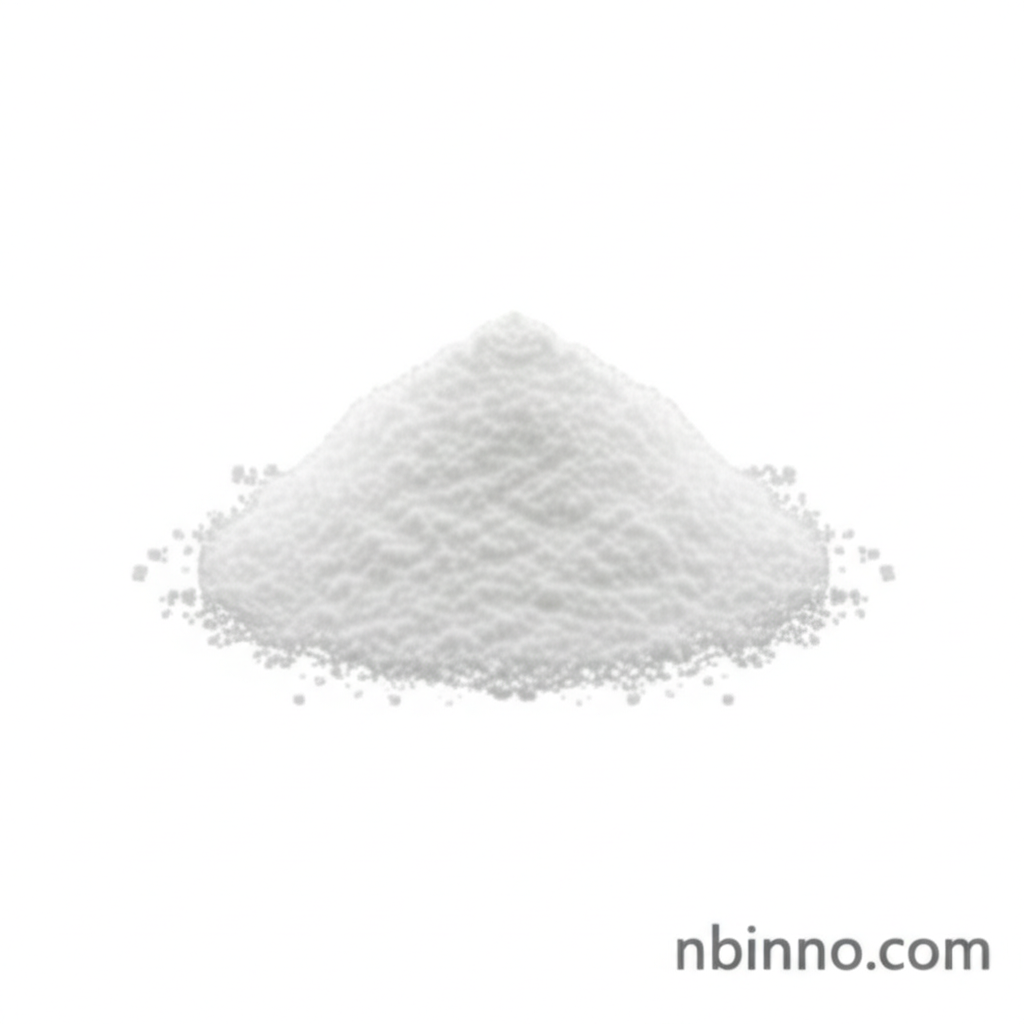Understanding Glycerides, C8-10 Mono- and Di-: Properties, Applications, and Advanced Analysis
A comprehensive look into the versatile applications and intricate details of C8-10 mono- and di-glycerides.
Get a Quote & SampleProduct Core Value

Glycerides C8-10 mono- and di-
Glycerides, C8-10 mono- and di- are crucial compounds valued for their amphiphilic nature, making them exceptional emulsifiers and solubilizers. They play a significant role in pharmaceutical formulations, enhancing drug delivery, and in the food industry as stabilizers. Their unique metabolic pathways and diverse applications highlight their importance across various sectors.
- Discover the key applications of Glycerides C8-10 mono- and di- in pharmaceutical formulations, enhancing drug delivery systems.
- Learn about the Glycerides C8-10 mono- and di- synthesis methods, including enzymatic approaches for improved specificity.
- Explore the Glycerides C8-10 mono- and di- properties, such as their surfactant and self-emulsifying capabilities.
- Understand the Glycerides C8-10 mono- and di- analysis techniques, including advanced chromatographic and spectroscopic methods for detailed characterization.
Key Advantages
Enhanced Solubility and Bioavailability
These glycerides significantly boost the solubility and bioavailability of poorly water-soluble drugs, a critical factor in effective pharmaceutical formulations. This is achieved through mechanisms like micellar solubilization and interfacial activity.
Versatile Emulsification and Stabilization
Their amphiphilic structure allows them to act as potent emulsifiers and stabilizers in both food and pharmaceutical products, ensuring the creation of stable oil-in-water emulsions and improving overall product texture and consistency.
Efficient Metabolism and Energy Source
Compared to long-chain triglycerides, C8-10 glycerides are rapidly absorbed and metabolized in the liver, providing a quick source of energy. This metabolic characteristic is a focus of research in areas like weight management.
Key Applications
Pharmaceutical Formulations
Used as excipients to improve drug solubility, bioavailability, and enhance transdermal delivery systems, particularly for poorly soluble active pharmaceutical ingredients.
Food Industry
Function as emulsifiers and stabilizers, critical for texture and stability in various food products. They are recognized by E number E471 for mono- and diglycerides of fatty acids.
Cosmetics and Personal Care
Serve as emollients, moisturisers, and cleansing agents in skincare products due to their mildness and solubilizing properties, especially in PEGylated derivatives.
Chemical Reagents
Utilized in research and development as chemical reagents, contributing to the synthesis and analysis of complex lipid structures.
